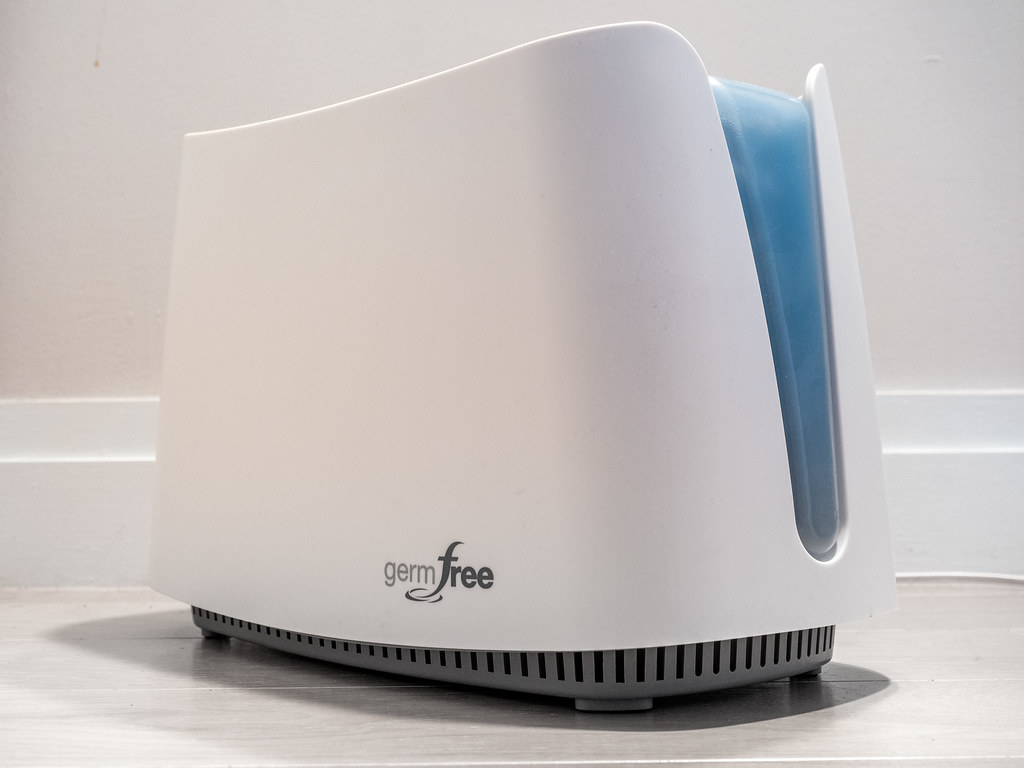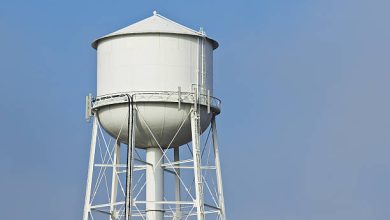The air is becoming drier as the days go cooler. When you add a heater that runs all day and night, the air is even dryer. It’s a never-ending loop of dreadfully dry air! The next step for several households is to purchase a portable humidifier. They may buy a number of them, or simply one for the family member who is particularly susceptible to dry air.
Central Humidifier
Is it thus necessary to install a humidifier in your home? Small, portable humidifiers that can add moisture to the air in the room where you need it most are a systematic way to increase home humidity. They’re cheap, but they’re not perfect for humidifying your entire home. A whole-home humidifier, often known as a central humidifier, is required for this. These humidifiers connect to your home’s HVAC system and deliver a steady stream of moisture to every room.
Humidifiers aren’t always the most fantastic option for boosting humidity in the Winter, just as dehumidifiers aren’t always the best option for reducing humidity in the summer. On the other hand, Humidifiers might create as many issues as they solve. In this article, you’ll learn about the benefits and drawbacks of a whole-house humidifier, as well as if it’s the right solution for you.
Advantages and disadvantages of a whole-house humidifier
Nobody installs a whole-house humidifier unless they’re experiencing a problem. Many individuals can’t take it when their skin gets dry in the Winter. It may be somewhat uncomfortable, and a humidifier will most likely prevent your skin from being too dry. Other houses’ air becomes so dry that wood furniture fractures and spaces appear between floors. Pianos lose their tuning. Everything seems to be out of whack (or off-key).
Extremely low humidity isn’t enjoyable. It’s a good idea to raise your indoor relative humidity if it falls into the middle-20% level. Humidifiers, on the other hand, have their own set of issues. We start straight into the heating season as Winter approaches. While everyone wants their homes and workplaces to be toasty this time of year, one major issue that can arise is too dry air. As a result, a central air humidifier is ideal for restoring moisture to the atmosphere. This article will go over the many types of central air humidifiers and their benefits, advantages, and costs.
How does a humidifier for central air operate?
As the liquid evaporates into the atmosphere, the air’s moisture as it leaves the humidifier rises. A part of the air that the furnace circulates while it is operating is sent to the humidifier. The humidifier processes air before it rejoins the airflow throughout your household.
When ought a central humidifier be used?
Your skin might become dry and itchy in the winter due to the dry air, which can cause chapped lips, throat & nose discomfort, and dry, flaky skin. A central humidifier, however, can take care of the possibility of these problems by raising the atmosphere’s moisture level.
How does a central air humidifier work?
Moisture in the air is usually only referred to as humidity when too high. On the other hand, a lack of moisture can also be an issue. Generally speaking, a central air humidifier keeps the air moist to a comfortable level. Humidity levels between 40 and 60% are considered satisfactory.
Humidistats are similar to thermostats in that they regulate humidity in HVAC systems. Humidistats help control the humidity level in your building by controlling the air’s moisture. The central air humidifier adds water vapor to it to offer the air flow through the HVAC system the necessary amount of moisture. Water vapor is produced by evaporating water in the furnace, distributed by a central air humidifier.
Humidifiers for central air
- Maintain an optimal moisture level throughout the building or home.
- Due to its connection to the plumbing and HVAC systems, it requires less maintenance.
- It is quiet and out of sight.
- Energy-efficient models are available.
Compact Humidifier
- It can be moved easily from one room to another.
- Ideal for sick people or allergy sufferers.
- Those living in homes without central air will appreciate it.
- Especially if their house is small or they live in an apartment.
Improved Comfort
Keeping indoor humidity levels balanced will ensure a comfortable indoor climate. Consequently, we will not experience any of the problems associated with dry weather, such as nosebleeds, dry eyes, itchy skin, etc.
A healthier environment
Higher humidity levels reduce the chances of colds spreading. Adding a central air humidifier can prevent viruses from thriving in a drier environment.
Read More: What Is The Treasure In GTA 5 Online? How To Find The Treasure In GTA 5?
Types of Central Air Humidifiers
Central air humidifiers come in three basic categories.
Steam
Humidifiers rely on the electrical heating of water to produce steam, thus generating humidity in the air. Moisture is then transferred throughout the building or home through the system and dispersed. Steam humidifiers are the best and most efficient option to keep a home at optimal humidity. In addition to providing natural humidity and moisture, steam humidifiers are independent of heating and cooling systems.
Drum-Type
It has a rotating surface that absorbs water from a tray beneath. Water absorbed by the rotating surface evaporates and releases moisture into the air.
The flow-through
These humidifiers are very common. An aluminum panel receives water, and the air is blown through it, and then evaporated water is released into the atmosphere.
Cost of central humidifier
The health and comfort benefits of central air humidifiers make them relatively inexpensive. Costs vary according to the style and capacity of the humidifier. The national average for central air humidifiers is $400 to $1,200, with the most expensive model costing $2,200.
There are several drum humidifiers, ranging from $150 to $250. A flow-through humidifier costs between $200 and $300. One of the most popular types is a steam humidifier, which costs between $300 and $1,500. Be aware that these are only the unit prices. Once installation is taken into account, the price may be significantly higher.




